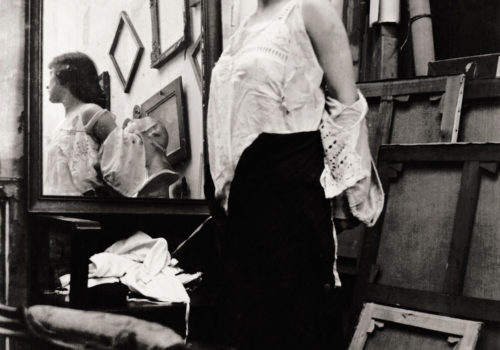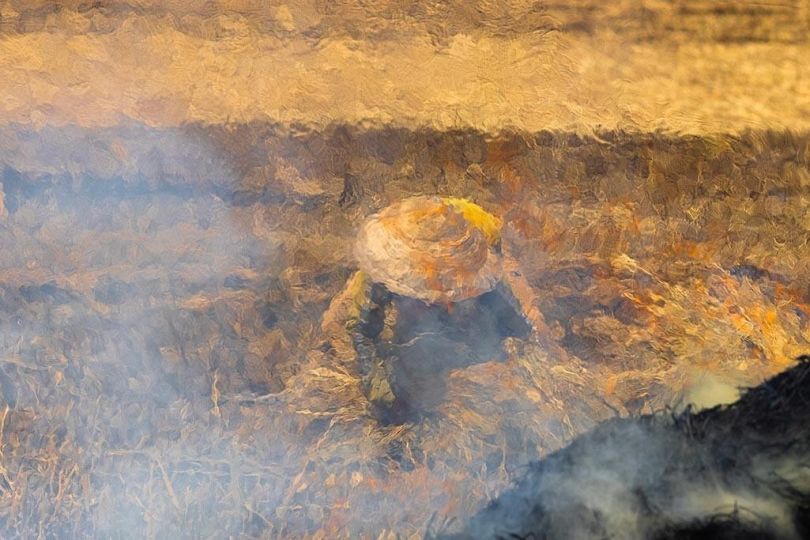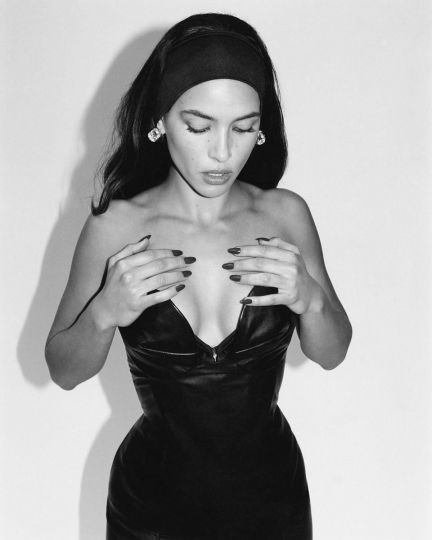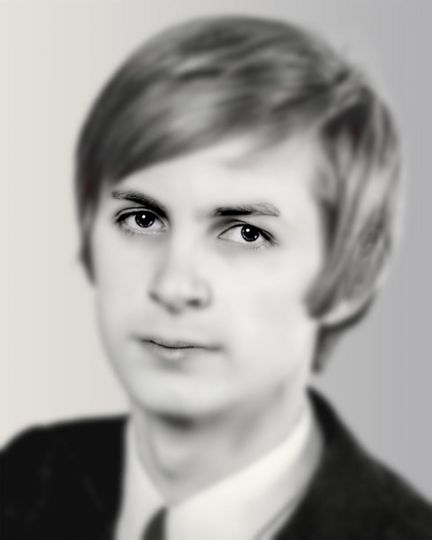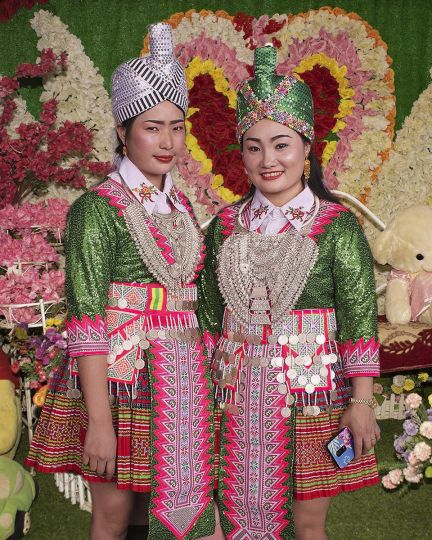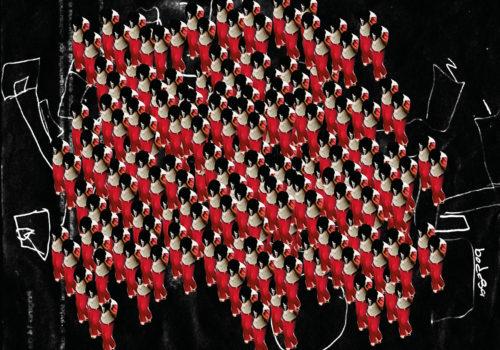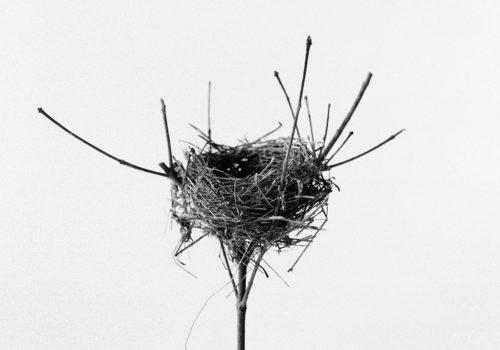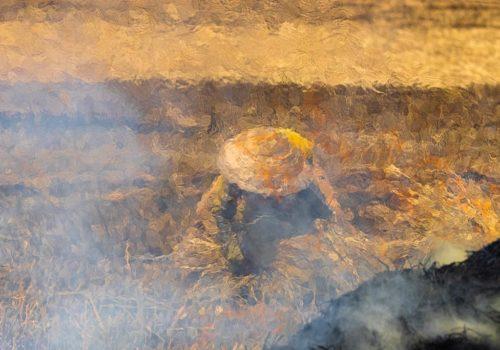Even before the turning point of the 1900s, among many other innovators, Vuillard, Bonnard and Degas began to use photographic cameras to use what only seems – in the eyes of their contemporaries – simply a technical mechanism foreign to the values of art.
Degas began his hand at night-time photography, in which electric light plays an essential role.
In order to achieve the difficult pose obtained from a dancer, he conceived the magnificent view of a back nude, used in paintings, pastels and illustrations. The museum paintings Repasseuse and Danseuses confirm the permanent artistic research in the domains of black-light and clair-obscur.
Bonnard discussed tirelessly with his favorite subject, his wife Marthe. Sometimes other members of the family are included, or another model, including the mirror that frames the setting of the painter’s atelier.
Vuillard multiplied the images during his travels or during the happy summer gatherings that he framed and composed like paintings, completing the then mysterious Porte entrebaîllée of the museum.
Far from considering a potential competition to their activities, these three artists use photography to fix their memories, capture the reality of space, tame the light. Are they able to communicate, as they’ve done with their paintings, an emotion?
(Press release)
Through september 18
Musée Angladon
5, rue Laboureur
84 000 Avignon

